STRATEGIES FOR DEVELOPING THE TANJUNG PANDAN MUSEUM AND ZOO IN BELITUNG TO BOOST TOURIST ATTENDANCE
Abstract
The Tanjung Pandan Museum and Zoo on Belitung Island, Indonesia, has a rich history and collection, encompassing the cultural and historical heritage of the area as well as Indonesia's biodiversity. This researchaims to identify the profile and development strategies of these two tourist attractions. The research methods
involve interviews with relevant sources, SWOT analysis, IFAS, EFAS, and SWOT matrix. The results show that the Tanjung Pandan Museum and Zoo have strengths in their interesting collections, collaboration with local SMEs, and the use of social media. However, there are weaknesses in the lack of animal collections and infrequent rearrangement of the collection layout. Opportunities exist in collaborating with travel agents and developing infrastructure, while threats come from public perception and competition with other destinations. Based on the IFAS and EFAS analysis, the Tanjung Pandan Museum and Zoo can adopt an aggressive strategy by enhancing the animal collections, developing educational programs, collaborating with travel agents, utilizing social media, and improving infrastructure. The hope is that the Tanjung Pandan Museum and Zoo can increase their attractiveness as a unique and educational tourist destination and significantly boost the number of visitors.
Keywords: SWOT Analysis, Development, Strategy, SMEs, The Tanjung Pandan Museum and Zoo
Full Text:
PDFReferences
Caya, M.F.N. and Rahayu, E. (2019) ‘Dampak Bumdes Terhadap Kesejahteraan Masyarakat Di Desa Aik Batu Buding, Kabupaten Belitung, Provinsi Bangka Belitung’, JURNAL ILMU KESEJAHTERAAN SOSIAL , 20(April), pp. 1–12.
Dewantara, Y.F. (2018) ‘Kerak Telor: Kuliner Khas Ibu Kota Jakarta ( Betawi)’, National Conference of Creative Industry, (September), pp. 5–6. Available at: https://doi.org/10.30813/ncci.v0i0.1223.
Facrureza, D. (2020) ‘Analisis Faktor Yang Mempengaruhi Wisatawan Berkunjung Ke Curug Cinulang, Kabupaten Sumedang’, Jurnal Sains Terapan , 5(2), pp. 50–60.
Kosidin and Wibbowo, L.A. (2022) ‘Analisis IFAS dan EFAS Menggunakan Metode SWOT Pada Perguruan Tinggi Swasta’, Jurnal Wahana Informatika (JWI) , 1(2), pp. 125–139.
Li, S. and Seale, C. (2007) ‘Learning to do qualitative data analysis: An observational study of doctoral work’, Qualitative health research , 17(10), pp. 1442–1452.
Mashuri, M. and Nurjannah, D. (2020) ‘Analisis SWOT Sebagai Strategi Meningkatkan Daya Saing’, JPS (Jurnal Perbankan Syariah) , 1(1), pp. 97–112. Available at: https://doi.org/10.46367/jps.v1i1.205.
Mutiara, P.B. (2021) ‘Analisis Matriks Ifas Dan Efas Pt Unilever Tbk Pada Pandemik Covid-19’, Jurnal Bina Bangsa Ekonomika , 14(2), pp. 363–371. Available at: https://doi.org/10.46306/jbbe.v14i2.90.
Nugroho, A.R.Y., Suardika, I.B. and W., J.H.G. (2021) ‘Strategi Peningkatan Daya Saing Dengan Analisis Swot Di Pt. Meindo Elang Indah’, Jurnal Mahasiswa Teknik Industri , 4(2), pp. 251– 252.
Olivia, H. and Widarti, W. (2021) ‘Strategi Promosi Festival Desa Wisata Padang Kandis Oleh Dinas Pariwisata Kabupaten Belitung’, J-Ika , 8(1), pp. 11–18. Available at: https://doi.org/10.31294/kom.v8i1.9430.
Ridwan (2020) ‘Ekonomi dan Pariwisata’, Garis Khatulistiwa Makassar , pp. 1–2.
DOI: http://dx.doi.org/10.30813/glost.v0i0.5776






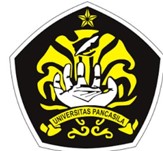

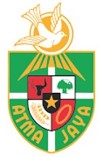

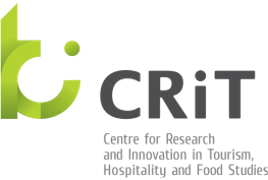
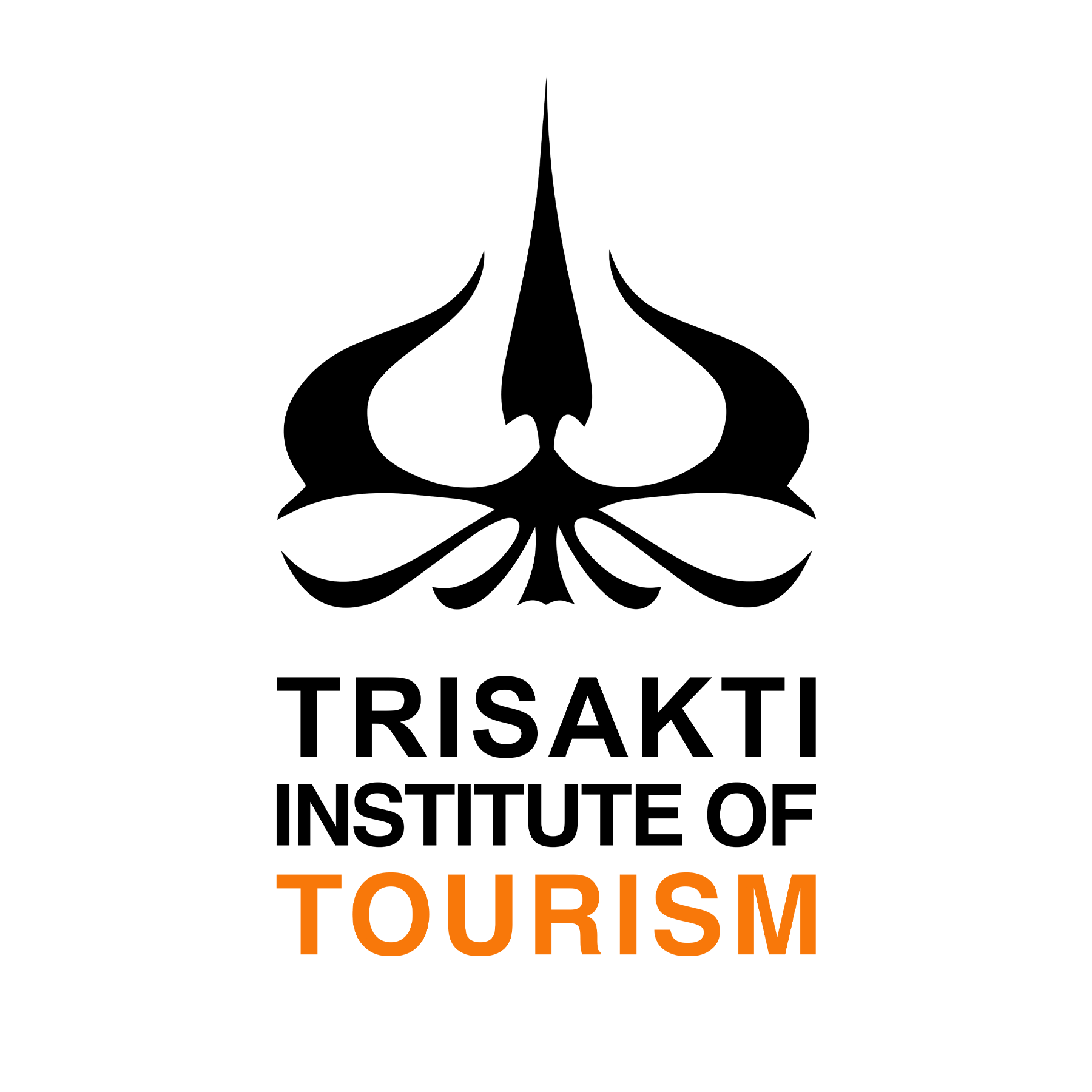

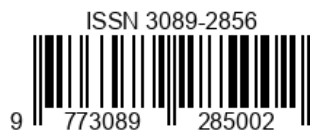
.jpg)
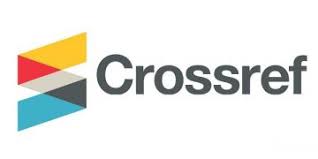

1.png)
.png)